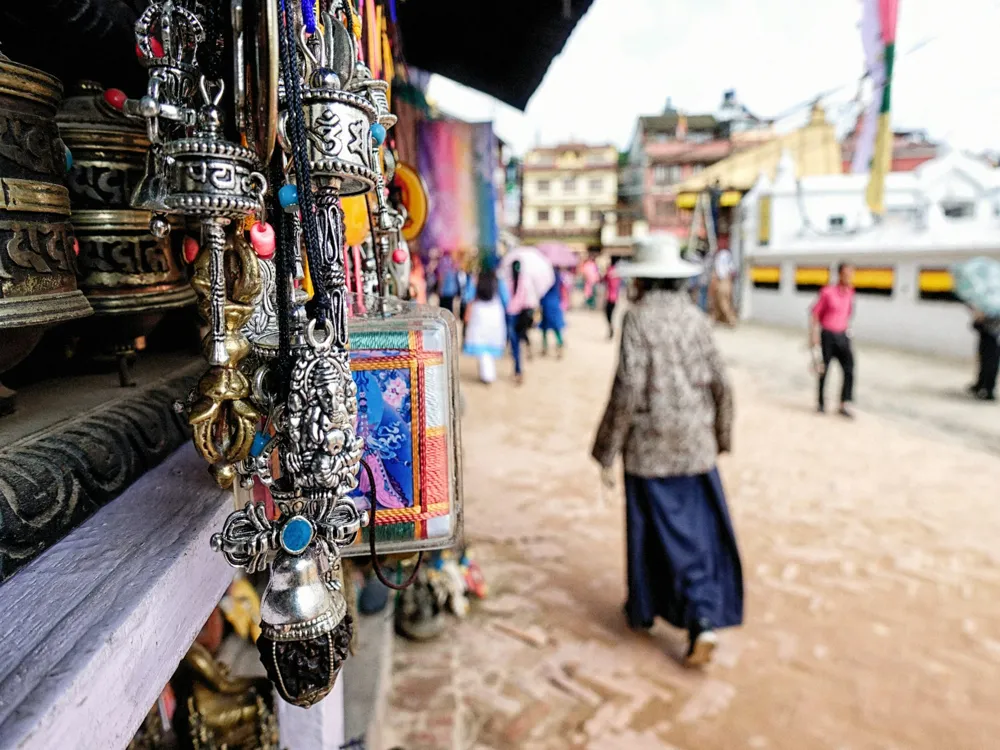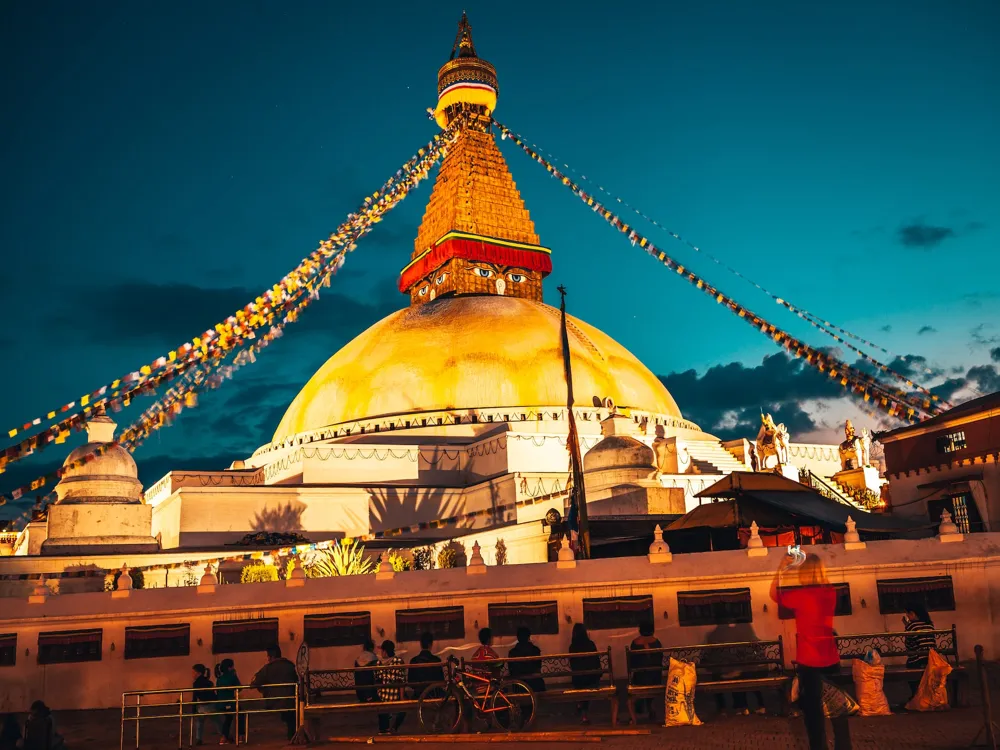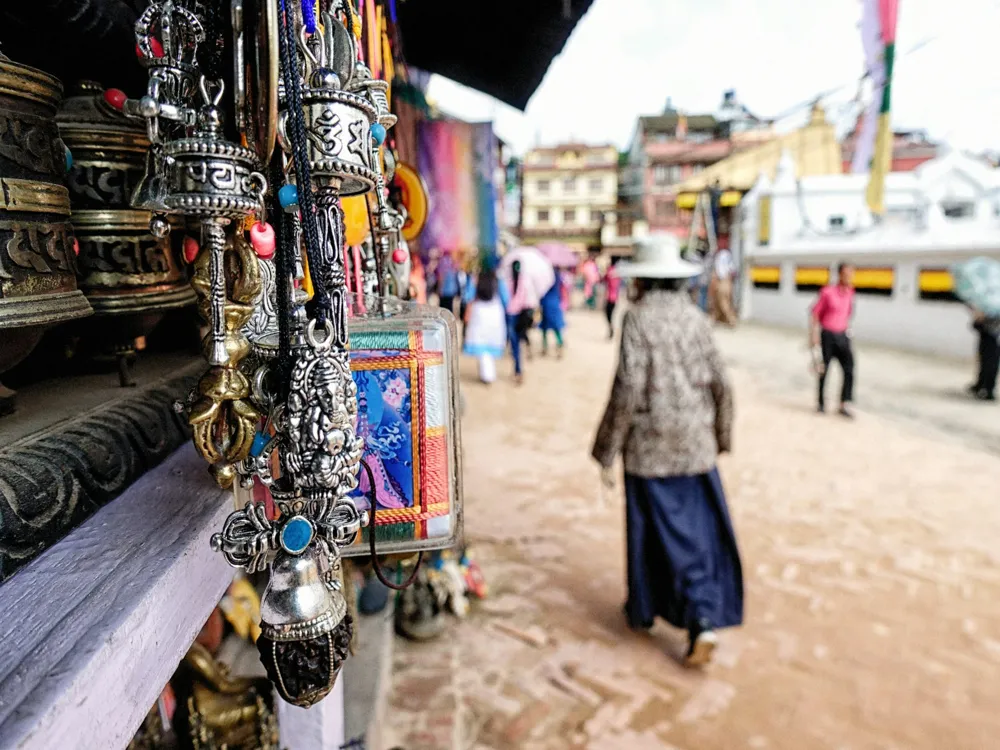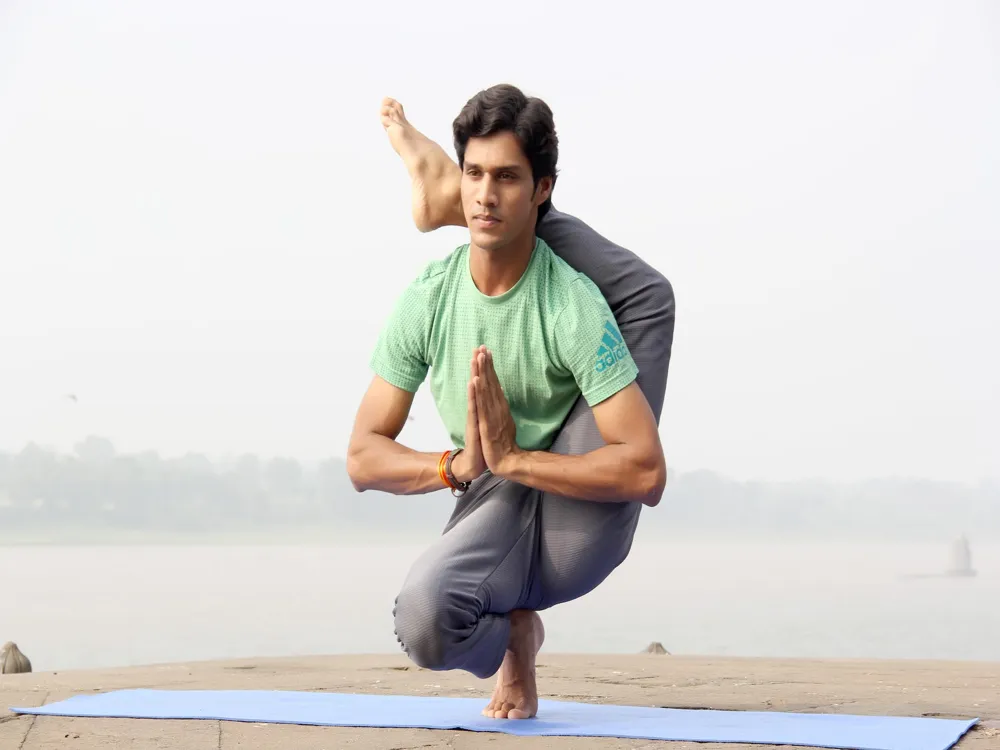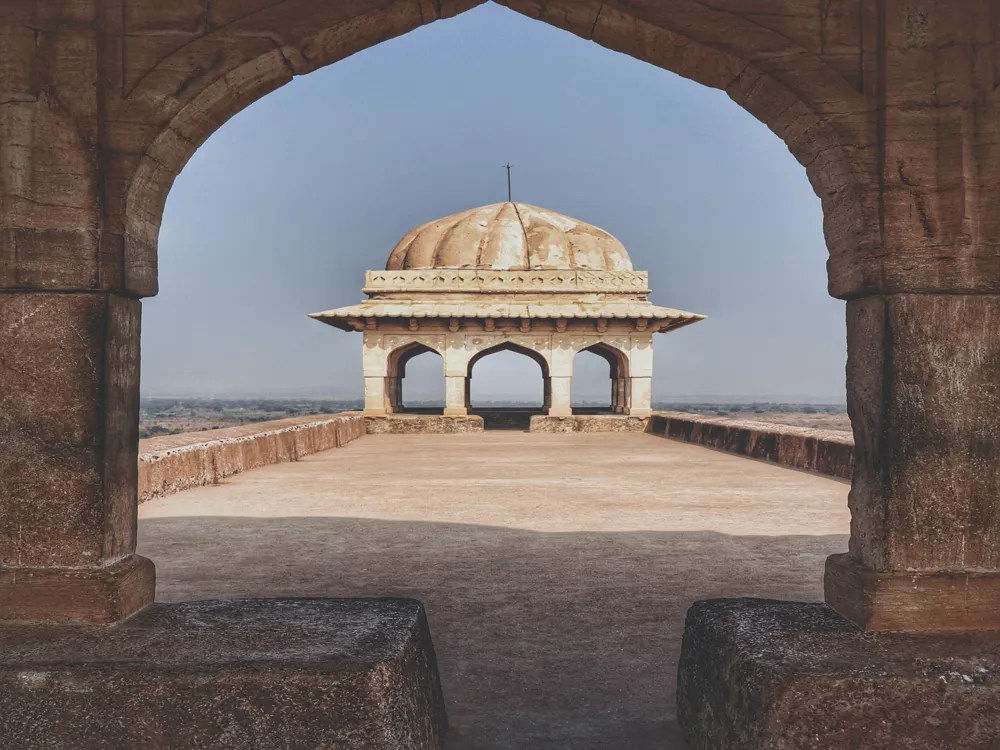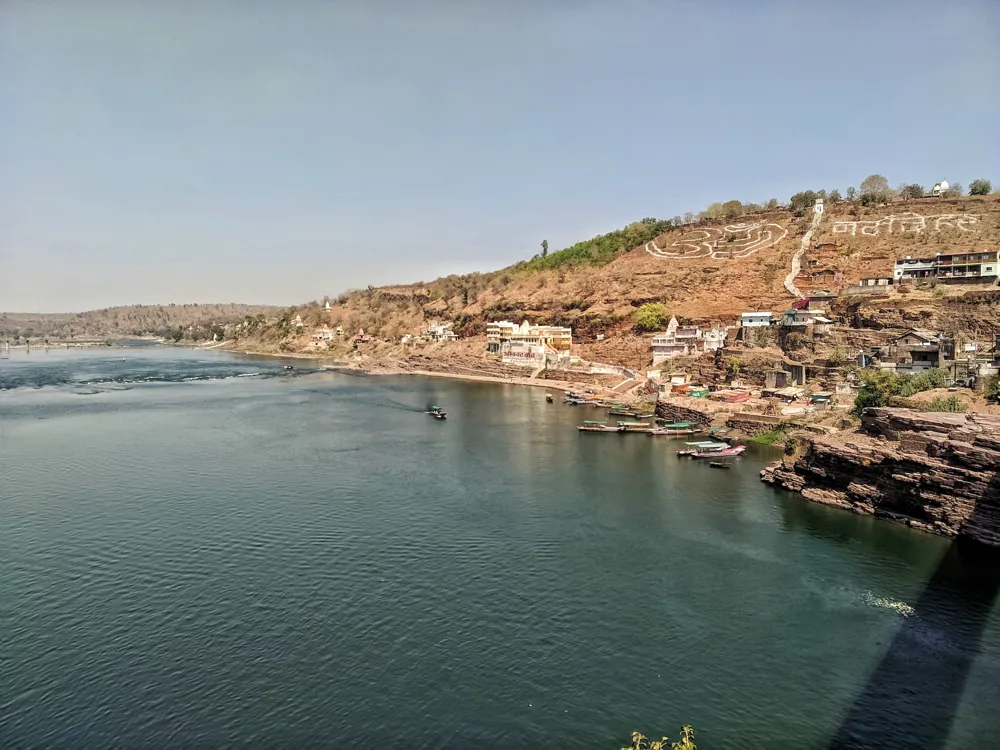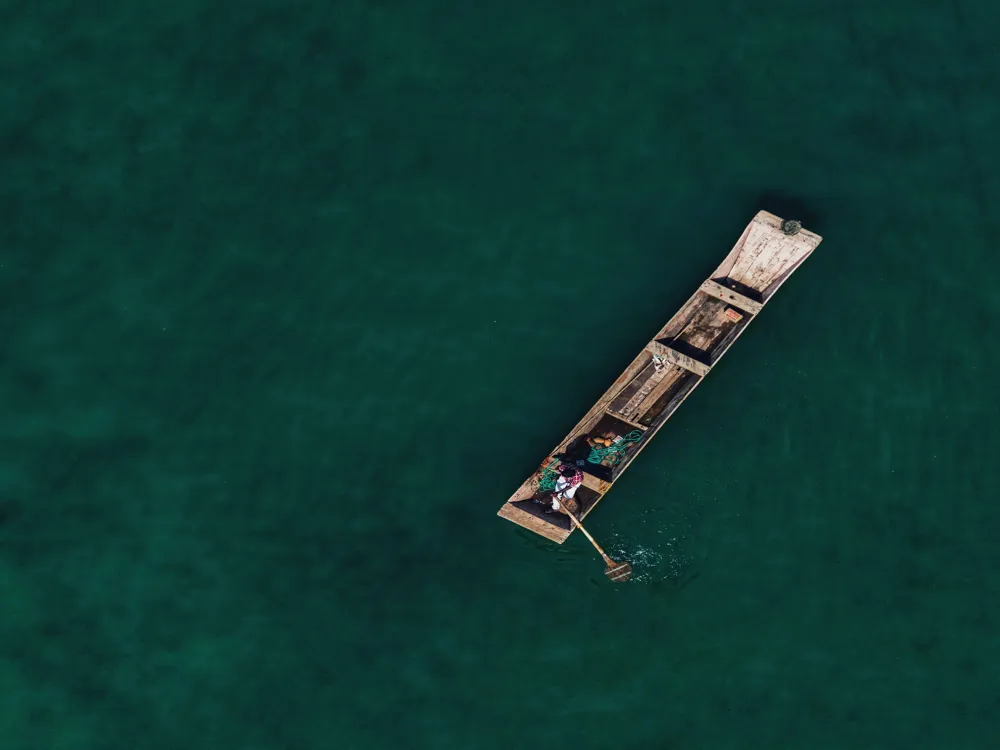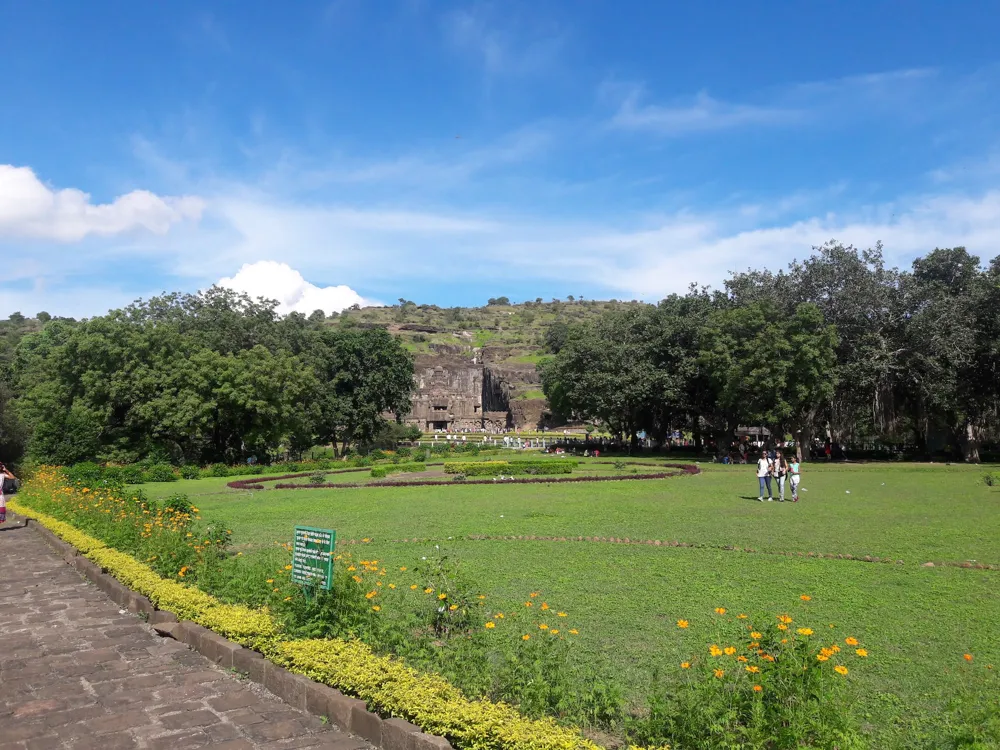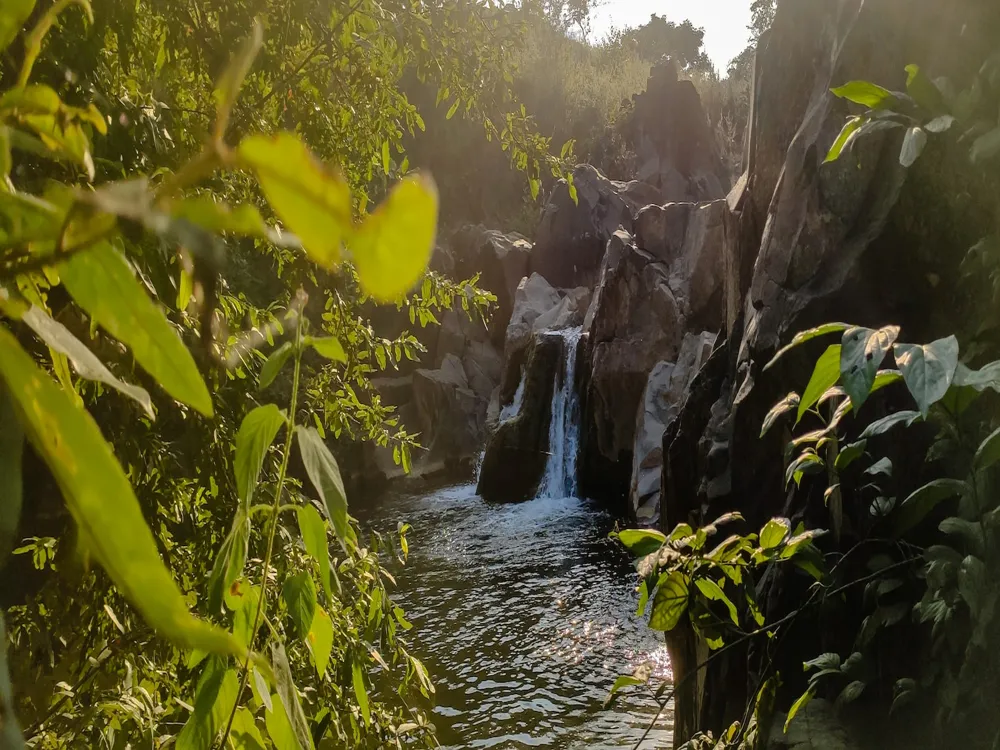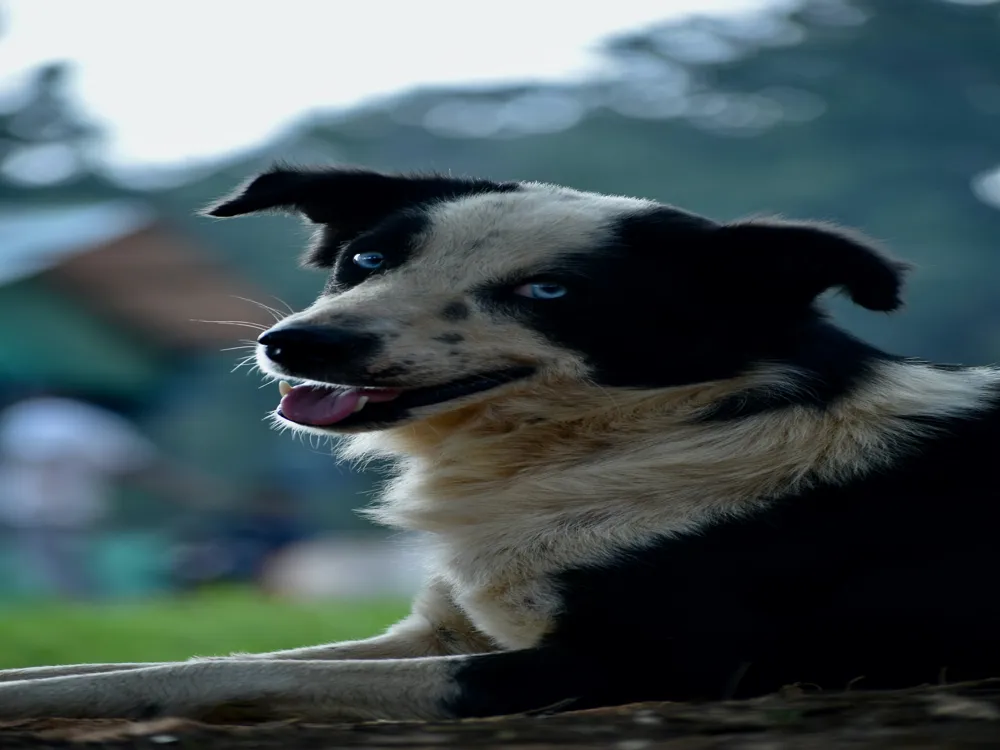Budhanilkantha Temple, located in the northern part of Kathmandu, is a renowned Hindu temple dedicated to Lord Vishnu. This temple is famous for its large, impressive statue of Vishnu reclining on the coils of the serpent Shesha, set in the middle of a small pond. The temple's setting amidst a serene and picturesque landscape adds to its allure, attracting both pilgrims and tourists alike. The architectural brilliance of Budhanilkantha Temple is evident in its intricate carvings and unique design. The statue of Vishnu, carved from a single block of black basalt stone, dates back to the 7th century and is a marvel of ancient craftsmanship. The temple's open-air structure allows a panoramic view of the statue, highlighting the detailed work on Vishnu's serene expression and the serpent Ananta's multiple heads. Visitors should dress modestly and remove shoes before entering the temple premises. It's also important to observe silence and avoid disturbing the worshippers. While photography is generally allowed, it's advisable to check for any restrictions, particularly of the main deity. Flash photography may be prohibited. Early mornings or late afternoons are ideal for visiting to avoid crowds. The temple is also particularly vibrant during Hindu festivals like Haribodhini Ekadashi. Budhanilkantha Temple is easily accessible from various parts of Kathmandu. Visitors can take local buses or taxis to reach the temple. The drive offers scenic views of the city and the surrounding hills. For those interested in a bit of adventure, a hike to the temple from Shivapuri National Park can be a rewarding experience. Read More:Overview of Budhanilkantha Temple, Kathmandu
Architecture of Budhanilkantha Temple
Tips When Visiting Budhanilkantha Temple
Respect Local Customs
Photography Guidelines
Best Time to Visit
How to Reach Budhanilkantha Temple
Budhanilkantha Temple
Kathmandu
₹ 11,658 onwards
View kathmandu Packages
Weather :
Tags : Temple
Timings : 6:00 AM - 6:00 PM
Morning pooja rituals: 7:00 AM
Entry Fee : No entry fee
Planning a Trip? Ask Your Question
Kathmandu Travel Packages
View All Packages For Kathmandu
Top Hotel Collections for Kathmandu

Private Pool

Luxury Hotels

5-Star Hotels

Pet Friendly
Top Hotels Near Kathmandu
Other Top Ranking Places In Kathmandu
View All Places To Visit In kathmandu
View kathmandu Packages
Weather :
Tags : Temple
Timings : 6:00 AM - 6:00 PM
Morning pooja rituals: 7:00 AM
Entry Fee : No entry fee
Planning a Trip? Ask Your Question
Kathmandu Travel Packages
View All Packages For Kathmandu
Top Hotel Collections for Kathmandu

Private Pool

Luxury Hotels

5-Star Hotels

Pet Friendly







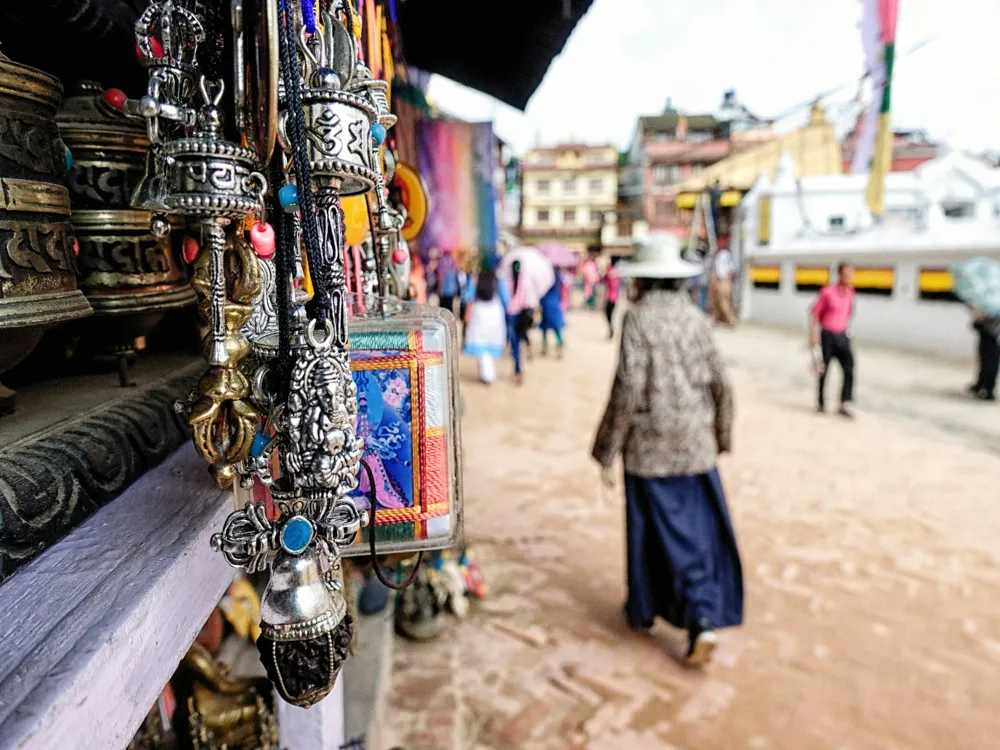
/asan-bazar-asan-tole-slider-1.webp)
